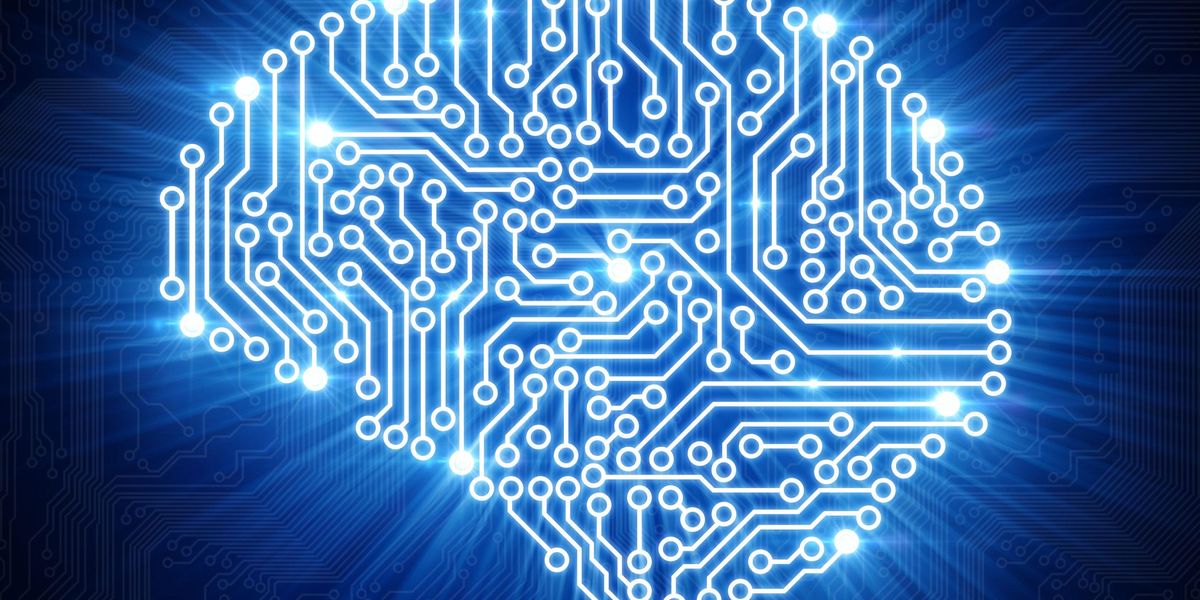"The scientists rewrote Bayesian equations so a memristor array could perform statistical analyses that harnesses randomness -- aka 'stochastic computing.' Using this approach, the array generated streams of semi-random bits at each tick of the clock. These bits were often zeroes but were sometimes ones. The proportion of zeroes to ones encoded the probabilities needed for the statistical calculations the array performed."
"The researchers fabricated a prototype circuit incorporating 2,048 hafnium oxide memristors on top of 30,080 CMOS transistors on the same chip. In experiments, they had the new circuit recognize a person's handwritten signature from signals beamed from a device worn on the wrist."
"Bayesian reasoning is often thought of as computationally expensive with conventional electronics. The new circuit performed handwriting recognition using 1/800th to 1/5,000th the energy of a conventional computer processor, suggesting 'that memristors are a highly promising lead to provide low-energy consumption artificial intelligence.'"
The CMOS part of the circuit was fabricated at 130 nm. The architecture is a set of what they call "likelihood memory arrays" which were arrays containing memristors along with linear feedback shift registers to generate the random numbers for the prior probabilities and a single-bit AND gate which functions as a stochastic multiplication device, resulting in, at the output, bit streams that encode the posterior distribution.
"A benefit of the use of stochastic computing by the Bayesian machine is that our system is naturally resilient to soft errors: bit errors can make one cycle wrong, but will be averaged throughout the computation. As memristor storage is also more resilient to radiation than static random-access memory, this feature can make the Bayesian machine appropriate for extreme environments. All these features make the Bayesian machine robust and flexible, and it can, therefore, be particularly useful for monitoring difficult environments with a variable or unstable power supply. This capability maps well with the fact that a Bayesian machine excels at dealing with the highly uncertain situations encountered in such environments."
"As the energy consumption is dominated by digital circuitry, it could also be reduced by scaling the design to more aggressive technology nodes. Our energy analysis revealed that 88% of the energy consumption during the inference phase was due to random number generation and distribution. The generation cost is due to the use of LFSRs, and the distribution cost is due to the non-local nature of random number generation. Our system used a single LFSR per column, shared by all the likelihood blocks of the column. This energy could be reduced by again using nanodevices: some stochastic nanodevices can locally generate high-quality random bits, at a very low area and energy cost, using read operations."
Memristors run AI tasks at 1/800th power
#solidstatelife #ai #aihardware









